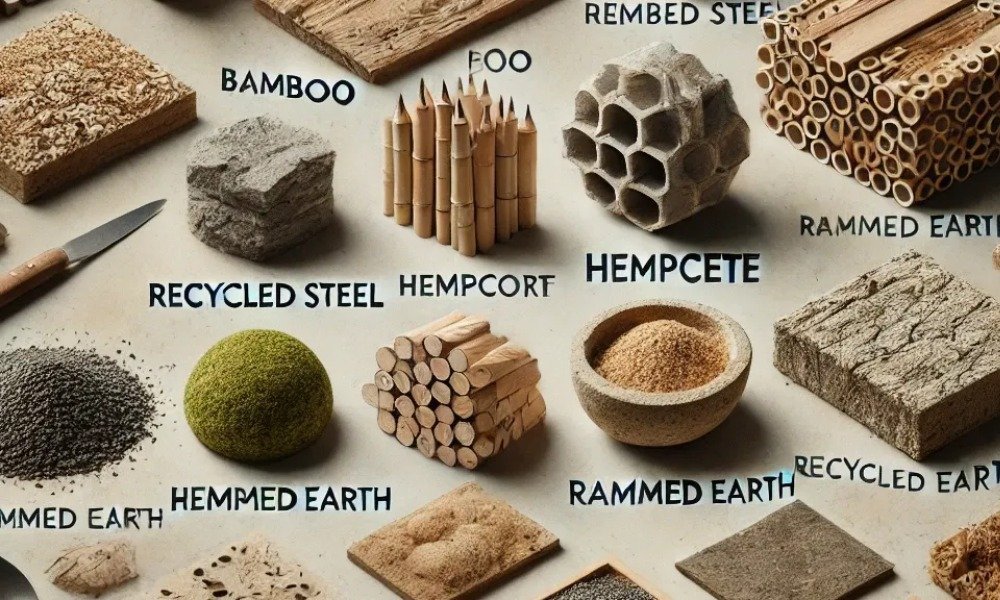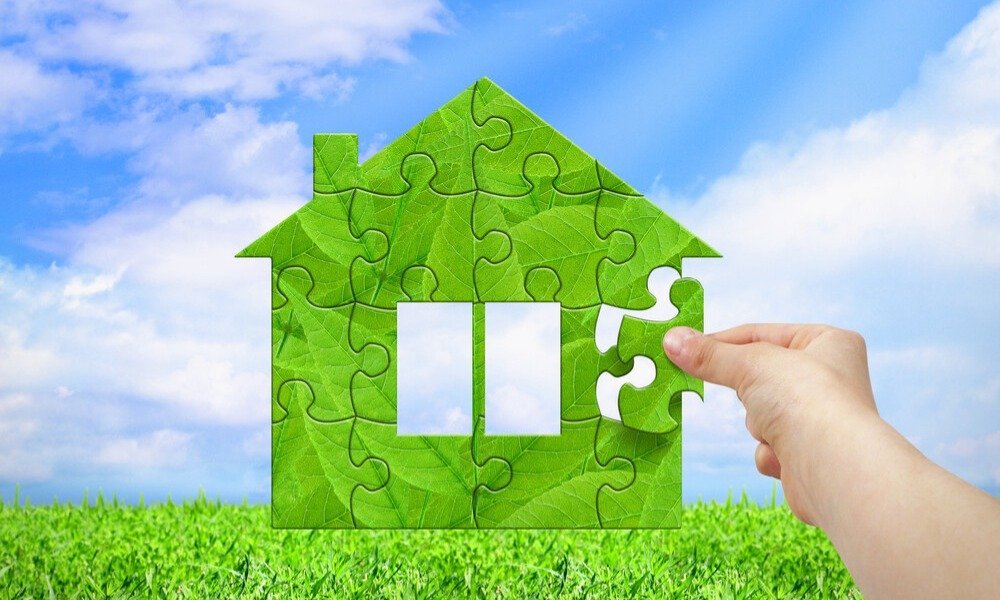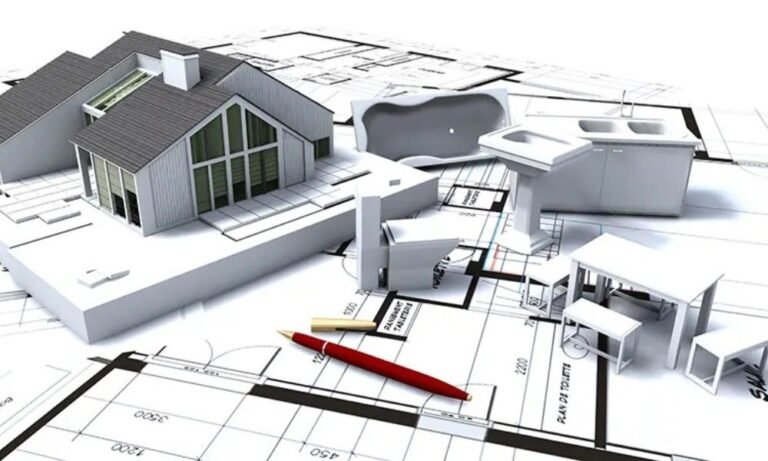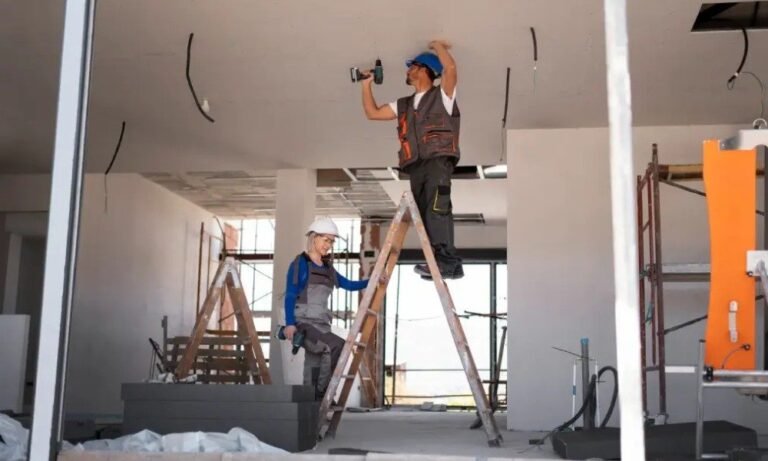Estimated reading time: 5 minutes
Sustainability isn’t just a buzzword—it’s a responsible way to build, renovate, and live. I’ve seen homeowners make small, eco-friendly upgrades that not only reduce their carbon footprint but also save money in the long run. Whether you’re planning a major remodel or just looking for ways to make your home greener, smart choices today lead to a healthier home and a better planet.
From energy-efficient upgrades to sustainable materials, here are the best ways to incorporate eco-friendly features into your renovation.
What You’ll Learn in This Guide:
The best sustainable materials for renovations
How to cut energy and water waste without sacrificing comfort
Smart eco-friendly home improvements that add value
Easy upgrades that make a big environmental impact
1. Choose Sustainable Materials
The materials I use in a renovation matter—not just for durability, but for their environmental impact. Sustainable materials are sourced responsibly, last longer, and often look even better than traditional options.
Best Eco-Friendly Materials for Your Home

Reclaimed Wood – Perfect for flooring, furniture, or beams, and it saves trees from being cut down.
Bamboo Flooring – Durable, stylish, and grows back quickly, making it a sustainable alternative.
Recycled Metal & Glass – Great for countertops, backsplashes, and accents without the waste of new production.
Low-VOC Paints & Finishes – Improve indoor air quality by reducing harmful chemicals in your home.
Planning a major remodel? Make sure to set a realistic budget before starting your project.
2. Upgrade to Energy-Efficient Systems
Energy waste is one of the biggest contributors to high utility bills. I always recommend energy-efficient upgrades because they pay for themselves over time.
Key Upgrades to Reduce Energy Use
Smart Thermostats – Adjusts temperature automatically to save energy when you’re not home.
LED Lighting – Uses a fraction of the energy of incandescent bulbs and lasts years longer.
High-Efficiency HVAC Systems – Reduces heating and cooling costs while keeping your home comfortable.
Solar Panels – A big investment, but they dramatically lower energy bills and boost resale value.
If you’re already remodeling, these upgrades should be part of the plan.
Not sure when to start your renovation? Here’s the best time of year to renovate.
3. Reduce Water Waste
Water conservation isn’t just about reducing waste—it’s about lowering your utility costs while preserving a critical resource.
Simple Ways to Cut Water Usage
Low-Flow Faucets & Toilets – Use up to 50% less water without affecting performance.
Rainwater Collection Systems – Stores rainwater for landscaping or household use.
Drought-Resistant Landscaping – Cuts down on irrigation needs while still looking great.
Greywater Recycling – Reuses water from sinks and showers for outdoor irrigation.
These small changes can make a huge impact over time.
Looking for more practical remodel ideas? Check out cost-saving renovation tips.
4. Improve Insulation & Windows
Heating and cooling account for nearly half of a home’s energy use. Poor insulation means you’re losing money every month.
Best Insulation Upgrades for Energy Efficiency
Recycled or Natural Insulation – Materials like cellulose, wool, or cotton keep your home warm and sustainable.
Energy-Efficient Windows – Double or triple-pane glass reduces heat loss.
Window Films & Shades – Adds insulation and keeps your home cooler in summer.
These upgrades create a more energy-efficient home while cutting down on heating and cooling costs.
Considering a full-home remodel? Here’s what to expect: Whole-Home Remodel Guide.
5. Minimize Construction Waste
One of the biggest environmental issues in home renovations is waste. I always recommend salvaging and repurposing materials whenever possible.
Ways to Cut Down on Construction Waste
Deconstruction Instead of Demolition – Salvage materials like wood, doors, and fixtures instead of trashing them.
Recycling Debris – Many construction materials can be recycled instead of ending up in a landfill.
Donating Usable Materials – Leftover materials can be donated to local charities or reuse centers.
Being mindful about waste helps reduce landfill impact while saving money on disposal fees.
6. Work with Eco-Friendly Contractors

Not all contractors focus on sustainability. When hiring someone, I always check if they:
Use eco-friendly building materials
Have experience with energy-efficient designs
Are knowledgeable about local environmental regulations
If sustainability is a priority for you, choose someone who values it, too.
Not sure how to find the right professional? Here’s what to ask before hiring a contractor.
7. Integrate Smart Home Technology
Smart home systems help reduce waste by automating energy and water use.
Best Smart Home Features for Sustainability
Smart Water Controllers – Monitors usage and detects leaks before they become a problem.
Automated Window Shades – Blocks heat during summer and keeps warmth in during winter.
Energy Monitors – Tracks your energy use in real-time to help cut unnecessary consumption.
These upgrades not only make life easier but also help create a more efficient home.
Final Thoughts
Going green doesn’t mean sacrificing comfort or style—it means making smart, responsible choices that benefit both your home and the planet. Whether you’re adding sustainable materials, upgrading insulation, or reducing water waste, every eco-friendly decision adds up.
If you’re planning a remodel, I highly recommend starting with these simple changes. Not only will they save you money over time, but they’ll also make your home healthier and more efficient.
Thinking about a remodel? Be sure to check out the benefits of hiring a licensed contractor.



